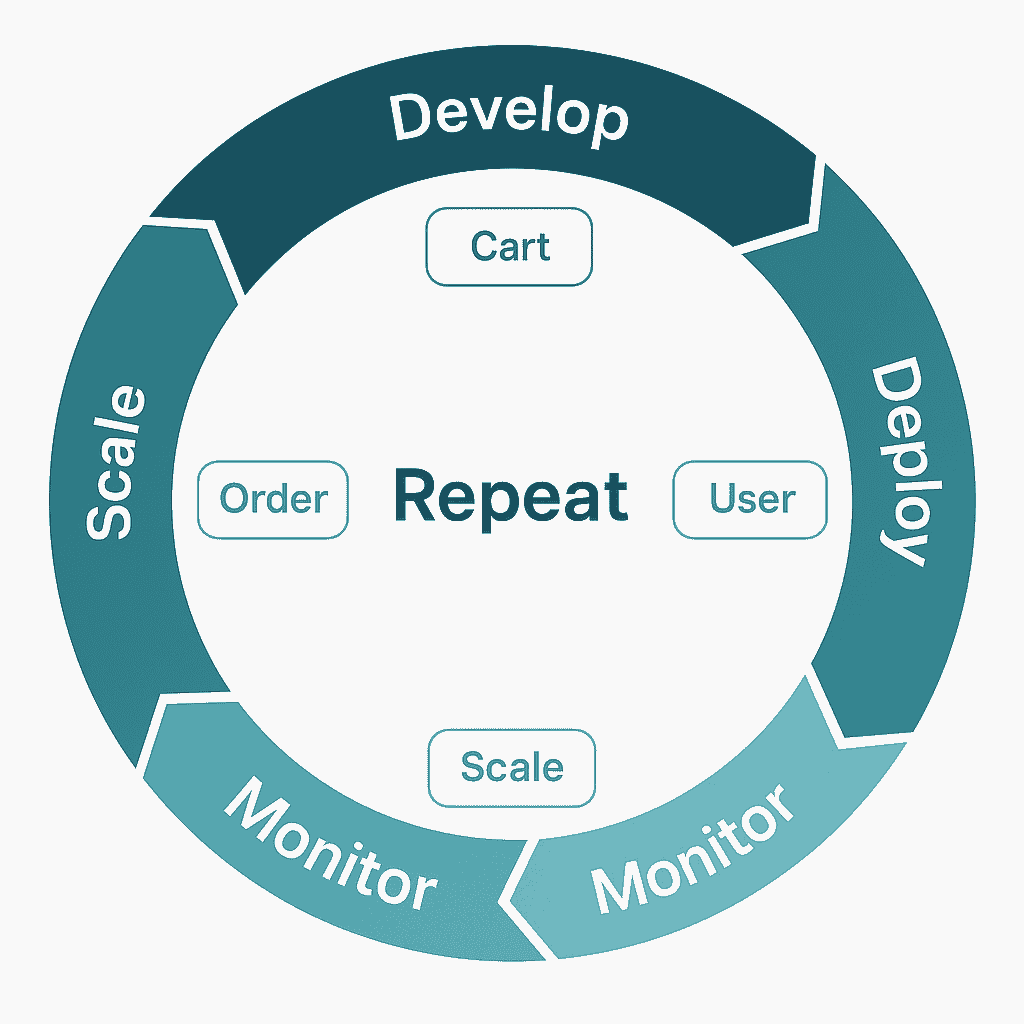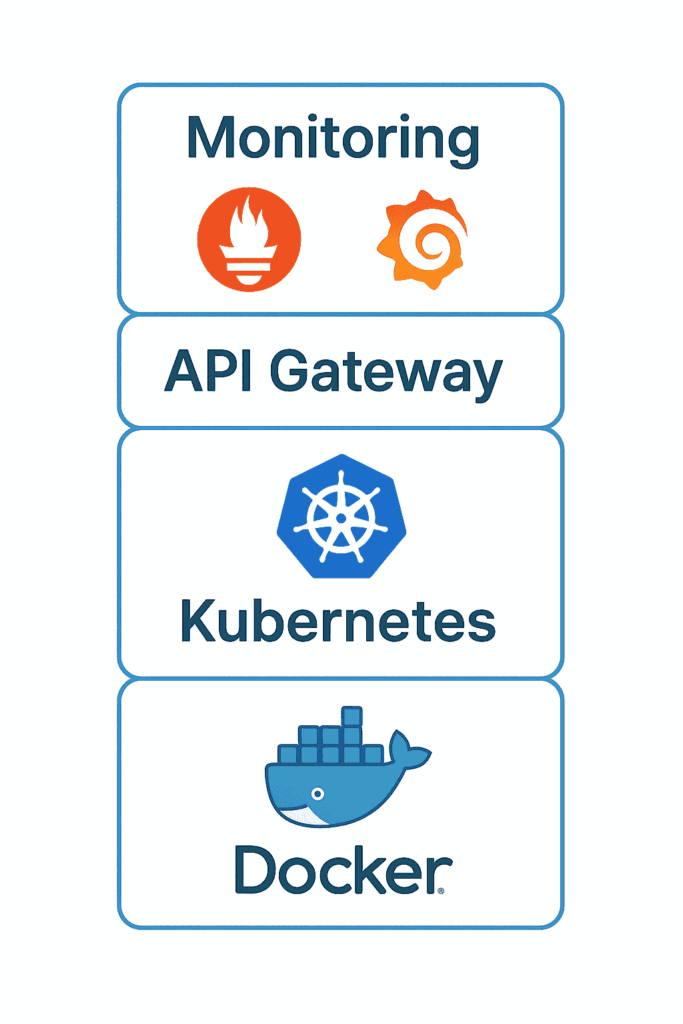The rise of Composable Commerce has reshaped how businesses think about building their digital commerce platforms. By combining specialist tools a CMS here, a PIM there, a custom checkout solution brands can create tailored systems designed for agility and speed.
At first glance, this shift might seem to leave platforms like Magento 2 behind.
But that’s far from the case.
Magento 2 continues to power some of the world’s most complex, high-performing, and customisable online stores and its relevance is only growing.
So why does Magento 2 still matter in a world moving towards composability?
What is Composable Commerce?
Composable Commerce is the approach of constructing an eCommerce ecosystem using a collection of specialised, best-in-class tools. For example, a business might choose:
- Shopify for checkout,
- Contentful as a CMS,
- Akeneo for product information management,
- Algolia to power search.
This approach offers flexibility, fast iteration, and the potential for better performance — particularly for large-scale operations.
However, it also comes with greater technical overhead: integrating and managing multiple vendors, ensuring compatibility, maintaining security, and often, higher ongoing costs. It’s powerful, but not necessarily the most practical solution for every business.
Where Magento 2 Excels
1. Comprehensive Core, Endless Flexibility
Magento 2 provides a full-featured, robust eCommerce platform out of the box. Businesses can launch and grow without needing to assemble a patchwork of services just to get online.
Yet, it’s also incredibly adaptable. Whether you’re running a boutique D2C brand or a large-scale global operation, Magento 2 allows for deep customisation, seamless integrations, and the ability to scale at your own pace.
2. Headless-Ready, But Not Required
Composable systems often rely on headless architecture — decoupling the frontend and backend to allow for faster and more flexible user experiences. Magento 2 supports headless builds, including modern frameworks like Hyvä, which dramatically improve frontend speed and performance.
That said, Magento doesn’t force you down the headless route. If a traditional monolithic approach suits your business better, Magento supports that too. The platform is about adapting to your business model, not the other way around.
3. Trusted Ecosystem with a Global Community
Magento is backed by one of the world’s largest and most experienced open-source communities. Thousands of developers contribute to the platform, and its ecosystem includes thousands of extensions, integrations, and support partners.
This maturity and depth mean you’re never short of expertise — whether you’re working with a UK-based agency or managing development in-house.
4. Full Control and Long-Term Ownership
Magento Open Source gives you complete ownership over your platform:
- You’re not locked into a particular vendor,
- You have full control over hosting and infrastructure,
- Your data, security, and compliance processes remain entirely yours to manage.
In today’s climate, where data protection and platform independence are increasingly critical, this is a significant advantage.
Composable or Customisable – Which Do You Need?
Composable Commerce offers incredible freedom — but it’s not without complexity. For enterprises with large technical teams, it might be the right approach.
But for many businesses, Magento 2 offers a more balanced solution: a flexible, powerful platform that doesn’t require extensive vendor management or a completely custom stack just to operate effectively.
Magento 2 in 2025: Flexible, Scalable, Reliable
From niche retailers managing a few hundred products to global brands handling thousands of SKUs across multiple territories, Magento 2 continues to deliver performance, adaptability, and control.
The eCommerce world is evolving, and Magento 2 is evolving with it — not being left behind.
Final Thoughts
Composable Commerce and Magento 2 share the same fundamental values: flexibility, autonomy, and future-ready architecture.
The key difference? Magento 2 allows businesses to embrace that flexibility without overcomplicating their tech stack. With the right development partner and strategy in place, Magento 2 doesn’t just support your online store it powers your entire growth journey.
At KiwiCommerce, we’re here to help you unlock the full potential of Magento 2 and turn your vision into measurable success.






